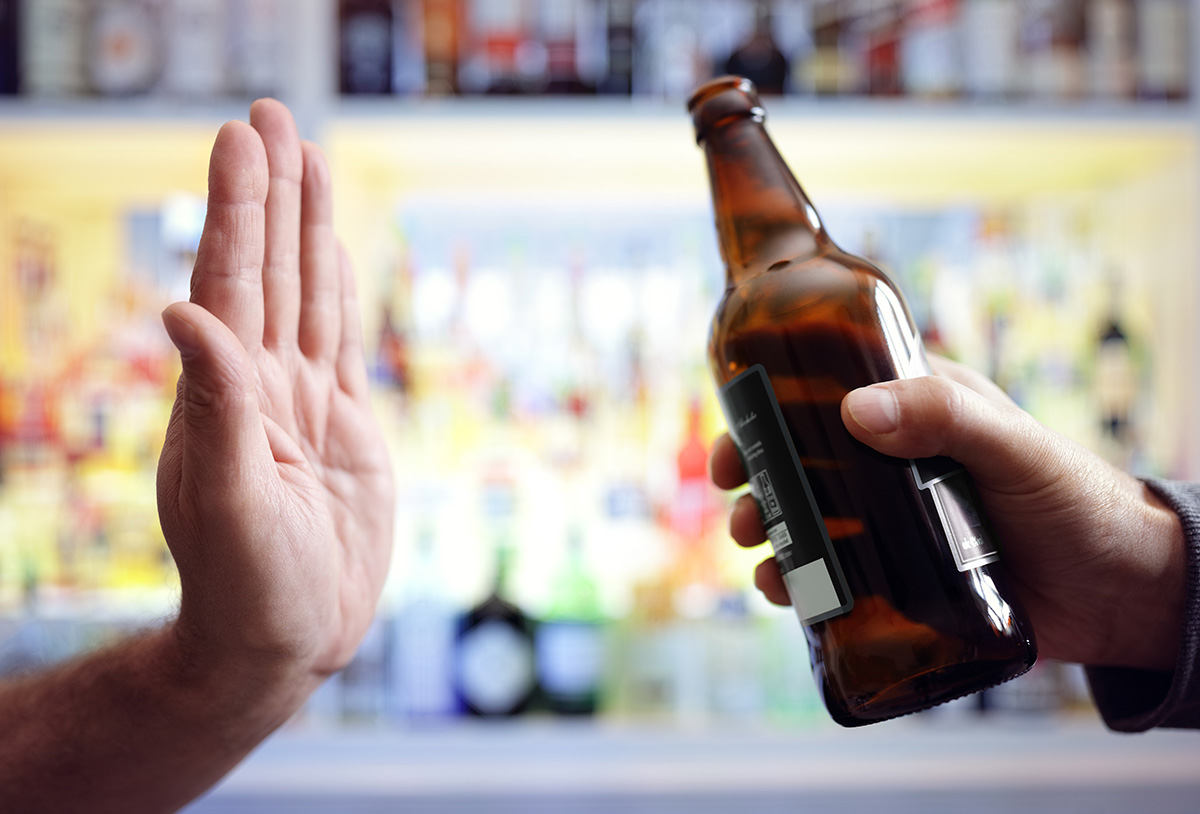

By: Lakeview Health
Nutrition labels may soon be printed on alcoholic beverages. In May, the Department of the Treasury approved these labels. If alcoholic beverage companies choose, they can place the labels on their packages. The information can include the number of servings, serving size, calorie and carbohydrate count and amount of fat. Food products, which are governed by the Food and Drug Administration, have had nutrition labels since 1994. For alcohol, the labels are voluntary and the final form hasn’t been determined yet. The pros and cons seem to break down between consumer groups and manufacturers, as well as within different types of alcohol.
For It
Hard liquor companies and consumer groups were pushing for the labels and each had their own reasons. The liquor companies that offer beverages with low calories or low carbohydrates want to advertise this. It would bring in drinkers who are dieting or calorie-conscious. Consumer groups believe that alcoholic beverages should be labeled the same way that packaged food is labeled. People (justly) believe that they have a right know what they’re putting in their system.
Against It
As you can imagine, not all alcoholic beverage companies may want their consumers to know the breakdown of their drinks. Beer companies probably won’t be in favor of nutrition labels. They wouldn’t want people limiting their beer intake because of the number of calories displayed on each can or bottle. Also, wine companies are not expected to use the labels because they may ruin the classy look of their bottles. As for consumers, many agree that the labels should leave out nutrients. Listing these can make the beverages seem more like food, and they shouldn’t be considered as such. Do you think that alcoholic beverages should have nutrition labels? Comment below or on the Lakeview Health Systems Facebook page.





